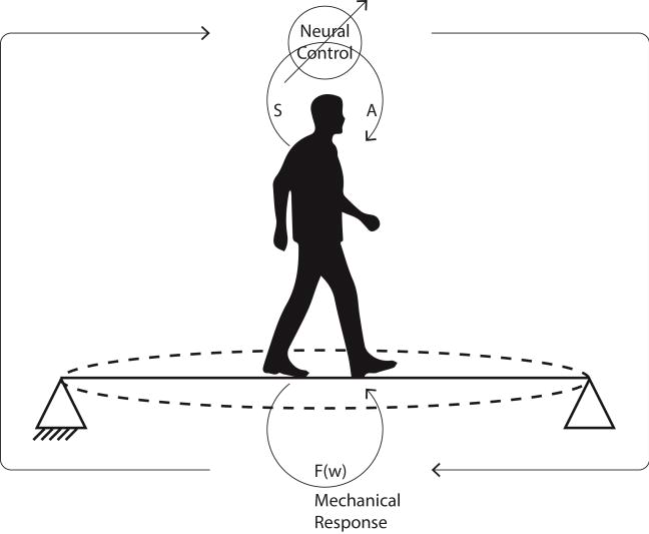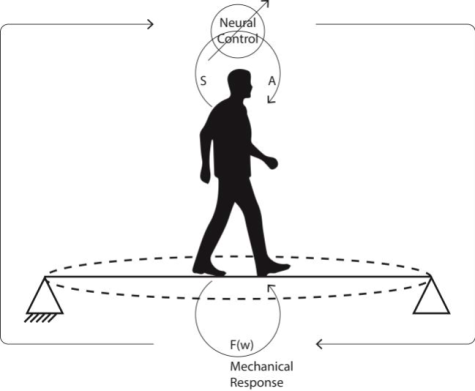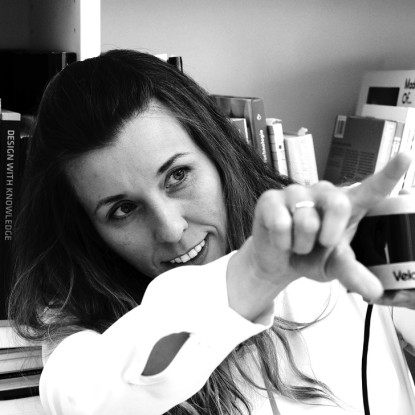| Project name | HUMan-structure interaction and gait adaptation during locomotion on VIBrating |
|---|---|
| Acronym | MILK |
| Project partner |
|
| Grantor | German Research Foundation (DFG) |
| Duration | January 2021 – March 2024 |
| Project content |
Motivated by ever more stringent architectonic requirements, there is a current trend in civil engineering to design and build slenderer and lighter structures with greater span lengths. In case of structures subjected to human locomotion (e.g., pedestrian bridges) this leads often to excessive levels of pedestrian-induced structural vibrations. Therefore, humans have to adapt their gait to the vibrations of the underlying structure in order to keep balance. In return, the changes in the gait affect the structural response, resulting in a continuous interaction between the human and the structure. However, today’s usual biomechanical gait models cannot predict the response of the human during walking on a flexible structure since the underlying mechanisms of how humans interact with vibrating structures still remain unclear. Moreover, the current models used in engineering design do not account for the interaction between the human and the structures, which can lead to unsafe structures or to the contrary: oversized and non-aesthetical structures. Thus, there is a critical need from both science areas (biomechanics and civil engineering) for a better understanding of the biomechanical adaptation of humans walking on excitable and vibrating structures. The goal of the project is to develop and validate improved biomechanical and structural load models (based on the dynamics of the human-structure interaction) for describing and simulating human walking on vibrating structures with respect to both the human and structural behaviour. In this research we will collect and analyse the experimental data from human participants walking on vibrating structures and (for comparison) on stiff structures. The experiments include the acquisition of both biomechanical and structural responses. Based on the results of the experimental investigations, enhanced biomechanical models with different level of detail for walking on flexible structures will be developed for simulation. Subsequently the developed gait models will be implemented within the structural analysis. Extensive comparisons between the measurements and simulations will be performed. This will allow formulating minimum model requirements for both the gait and structural models with respect to the level of detail. Finally, we expect to propose a mechanical model for prediction of pedestrian induced vibrations with consideration of the human-structure interaction and a gait model for accurate simulation of the human response during walking on vibrating structures. The functionality of the biomechanical model proposed will be demonstrated on a soft active leg orthosis. The outcome of the project will be of great importance for technical developments in the field of assistive devices (e.g. leg prosthesis) and for a better predictability of the structural responses in the design of structures. |





